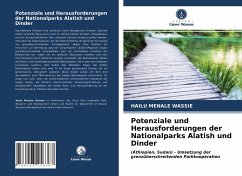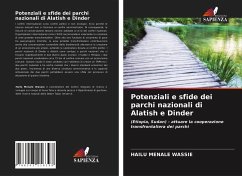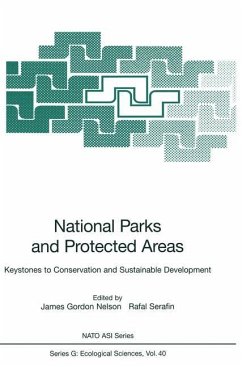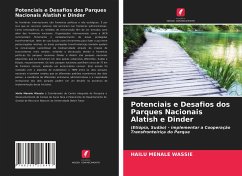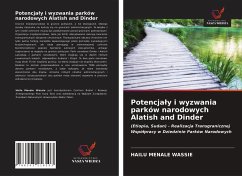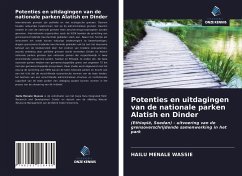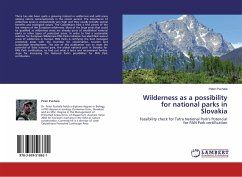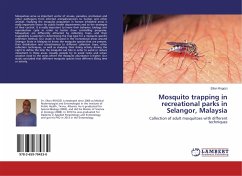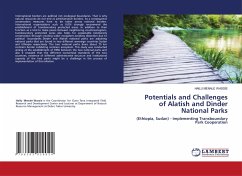
Potentials and Challenges of Alatish and Dinder National Parks
(Ethiopia, Sudan) - implementing Transboundary Park Cooperation
Versandkostenfrei!
Versandfertig in 6-10 Tagen
36,99 €
inkl. MwSt.

PAYBACK Punkte
18 °P sammeln!
International borders are political not ecological boundaries. That is why natural resources do not end at administrative borders. As a consequence conservation measures have to be taken across national borders. International organizations such as IUCN strongly recommend the establishment of transboundary protected areas. In addition to their function as a tool to make peace between neighboring countries/regions, transboundary protected areas also helps for sustainable biodiversity conservation through creating wider ecosystem avoiding dissection due to political boundaries. Dinder and Alatish...
International borders are political not ecological boundaries. That is why natural resources do not end at administrative borders. As a consequence conservation measures have to be taken across national borders. International organizations such as IUCN strongly recommend the establishment of transboundary protected areas. In addition to their function as a tool to make peace between neighboring countries/regions, transboundary protected areas also helps for sustainable biodiversity conservation through creating wider ecosystem avoiding dissection due to political boundaries. Dinder and Alatish national parks are adjoining national parks that are found in two different sovereign countries Sudan and Ethiopia respectively. The two national parks share about 75 km common border exhibiting common ecosystem. This study was conducted aiming at the establishment of TBPA between the two national parks and also it revealed that the different economical standards of the two countries, existence of different administrative structure and institutional capacity of the two parks might be a challenge in the process of implementation of this initiative.



